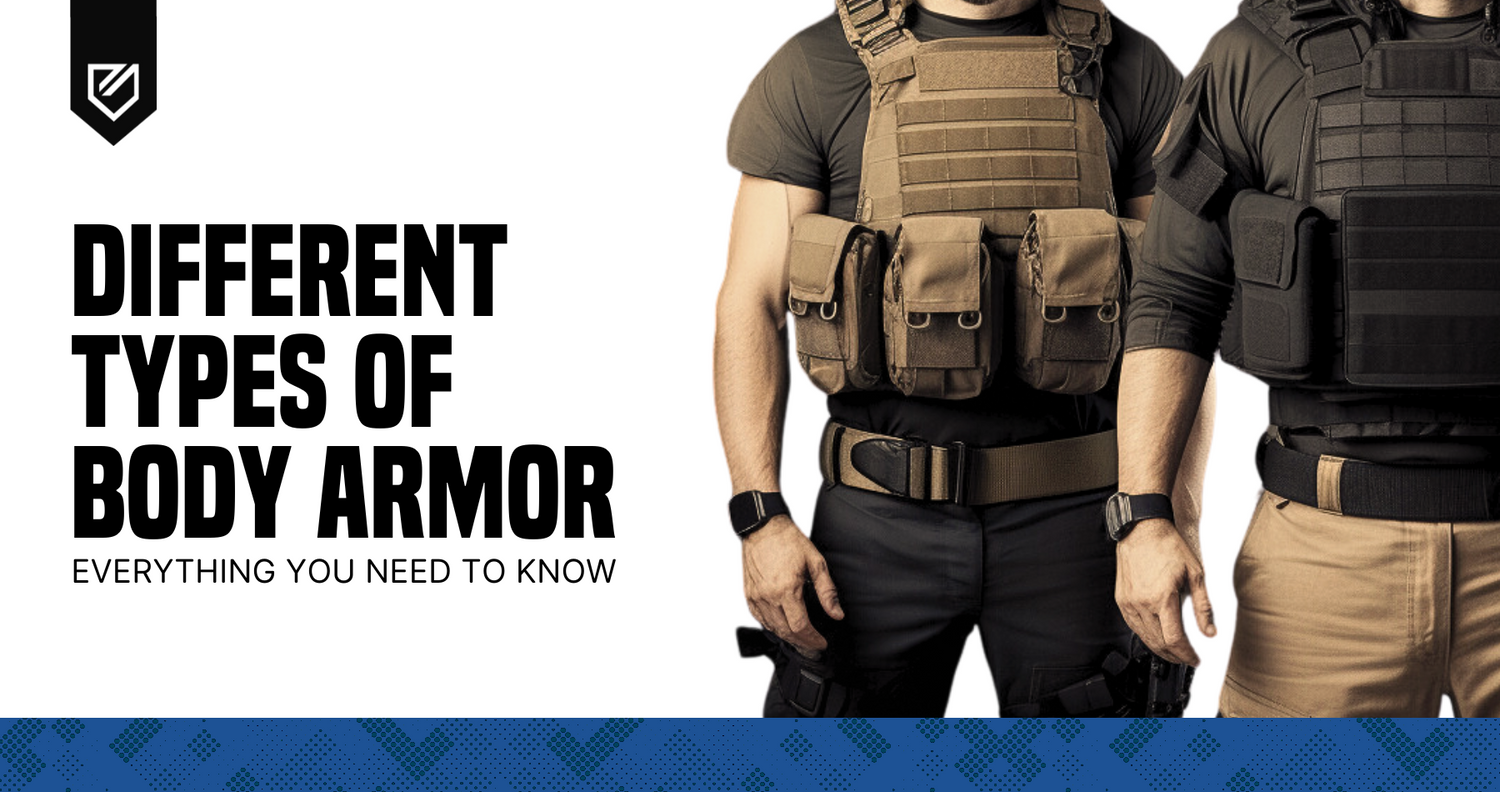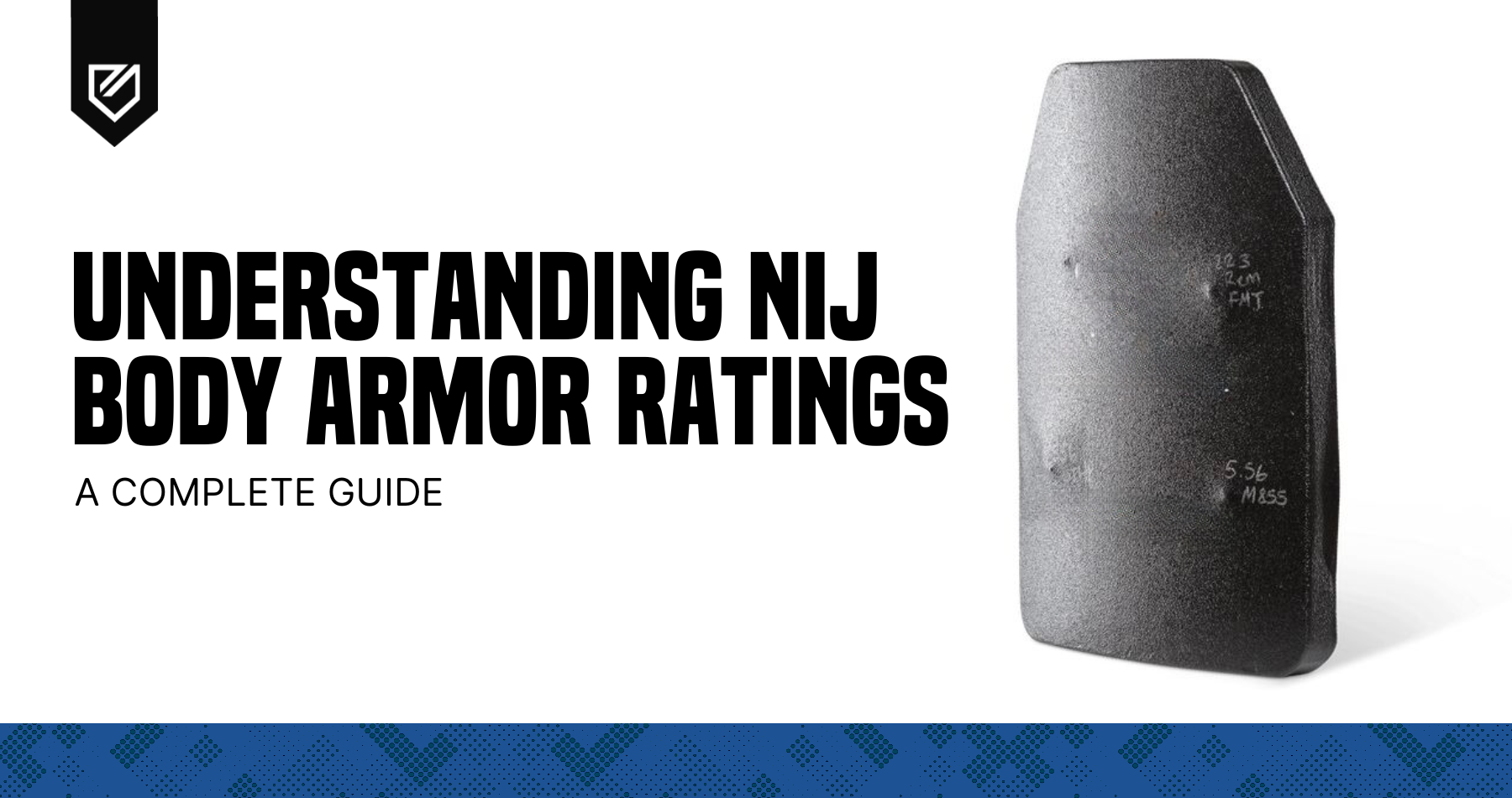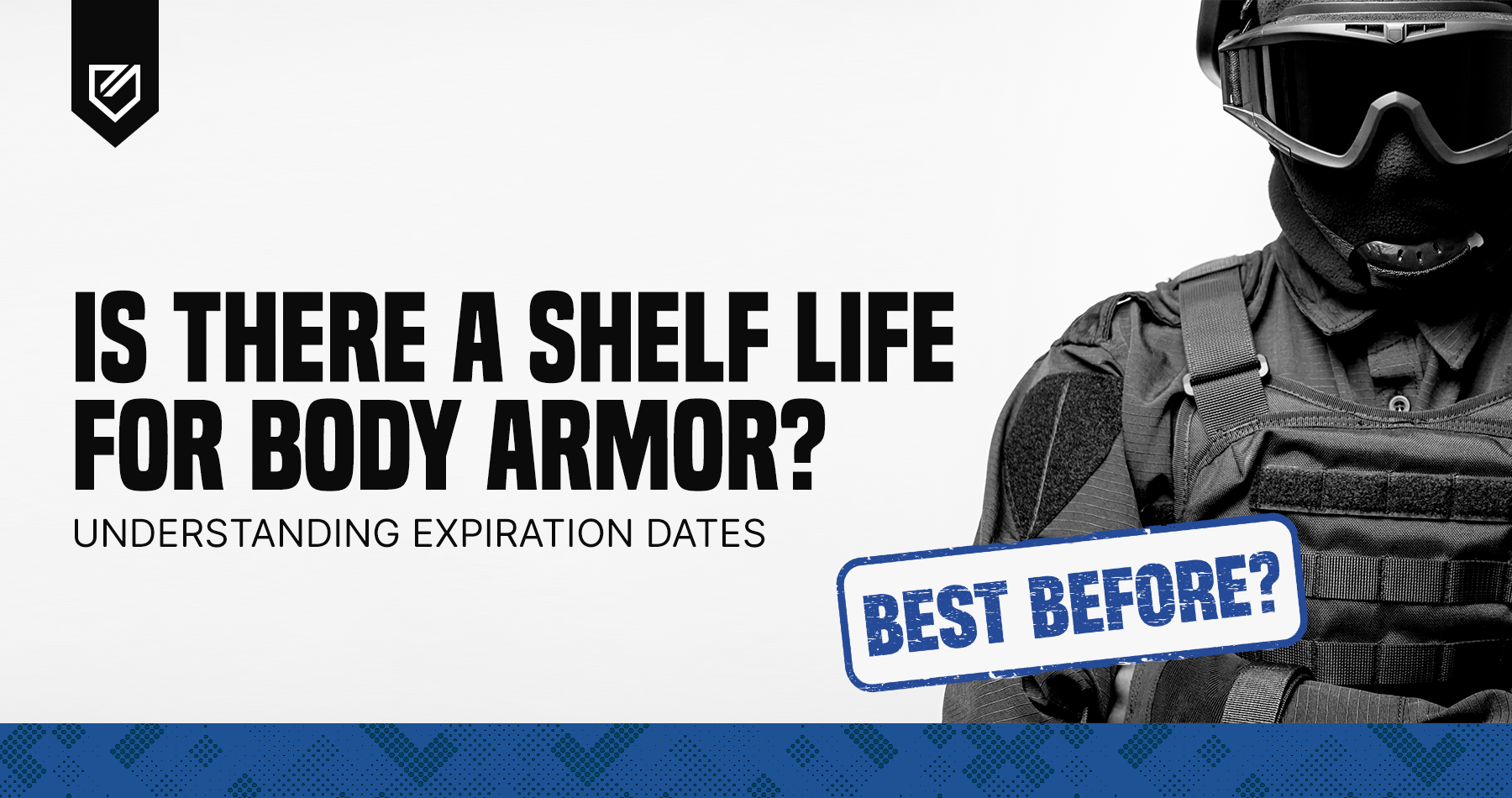The variety of body armor available today is more diverse and specialized than ever before. And when it comes to personal protection, one size certainly doesn't fit all. From vests that can withstand high-velocity bullets to discreet clothing with concealed armor, knowing your options is the first step in maximizing your safety.
In this article, gain insights into the various types of body armor and understand how their unique features offer specialized protection against specific threats.
Soft Armor vs. Hard Armor
Soft Armor
Soft armor is the most commonly seen type of body armor, often worn by police officers patrolling the streets. These vests are made from woven fibers, usually Kevlar, that are layered to create a web that catches and slows down bullets or fragments.
While soft armor excels at stopping handgun rounds, it generally lacks the sturdiness to withstand rifle fire.
Real-World Scenario:
Let's say you're a police officer patrolling a relatively peaceful neighborhood. Soft armor is light, easy to move in, and doesn't attract much attention, making it ideal for day-to-day operations.

Hard Armor
Unlike its soft counterpart, hard armor is designed to withstand high-velocity rounds typically fired from rifles. These vests incorporate materials like ceramic, steel, or polyethylene plates. Although they offer superior protection, they are significantly heavier and less flexible.
Real-World Scenario:
Imagine you're a soldier deployed in an active combat zone where rifle fire is prevalent. In such high-risk environments, opting for hard armor can offer vital protection against deadly rounds.
Specialized Armor Types
Covert Armor
Covert body armor is designed for discreet wear beneath clothing. This makes it a preferred choice for undercover agents or VIPs who need unobtrusive protection. The armor is typically soft and lightweight, allowing for ease of movement.
Real-World Example: ProtectVest® Covert - Emergency Bulletproof Vest
One prime example of covert body armor is the ProtectVest® Covert - Emergency Bulletproof Vest. This particular vest is crafted for emergency situations and is designed to be worn discreetly under your clothes.
It provides a lightweight and flexible option without compromising on protection. The vest's design makes it ideal for quick and easy donning, ensuring you're covered in times of unexpected danger.
Real-World Scenario:
An undercover detective investigating organized crime would find covert armor invaluable. With something like the ProtectVest® Covert, the detective can blend in seamlessly while still benefiting from a high level of ballistic protection, making it a win-win in the realm of covert body armor.
Overt Armor
Overt armor is designed to be worn over clothing and is visible to the naked eye. This type of armor generally offers higher protection levels and may include additional features like pouches for equipment and extra layers of armor.
Real-World Scenario:
A SWAT officer in a hostage rescue operation would benefit from overt armor. The additional storage and higher protection levels are designed for high-risk, high-impact situations.
Specialty Armor
Stab and Spike Armor
While most soft armor can provide a level of protection against knife attacks, specialized stab and spike armor offers enhanced resistance against edged and pointed weapons.
Real-World Scenario:
Prison guards or officers working in settings where guns are less of a threat but edged weapons are prevalent would find stab and spike armor particularly useful.
Plate Carriers
Plate carriers are essentially vests designed to hold hard armor plates. They are often modular, allowing users to customize them with pouches and other accessories.
Real-World Scenario:
A journalist covering a war zone might opt for a plate carrier. This enables them to tailor their protection level while providing storage options for their reporting gear.
Bulletproof Backpack Inserts
Bulletproof backpack inserts are slim, lightweight panels that slide into a regular backpack, transforming it into a discreet piece of protective gear. These inserts are usually made from materials like Kevlar or polyethylene, offering protection against handgun rounds.
Real-World Example: ProtectPanel® Level IIIA Round Top Backpack Insert

For those looking for a reliable bulletproof backpack insert, the ProtectPanel® Level IIIA Round Top Backpack Insert is an excellent option.
This insert is designed to fit seamlessly into most backpacks, providing Level IIIA protection, which is capable of stopping multiple rounds from handguns. With its rounded top and slim profile, it can easily slide into your backpack, adding an inconspicuous yet effective layer of safety.
Real-World Scenario:
A college student concerned about campus safety might choose the ProtectPanel® Level IIIA insert for their backpack. This allows them to go about their daily activities with an added sense of security, knowing that they have a quick and accessible protective measure right on their back.
Bulletproof Clothing
Bulletproof clothing takes personal protection to the next level by integrating bullet-resistant materials into everyday wear. Items can range from jackets and shirts to suits, offering varying levels of protection based on the materials used.
Real-World Scenario:
A business executive traveling to a potentially risky destination could wear a bulletproof suit. This way, they're not only dressed appropriately for their meetings, but they're also adding an extra layer of security that doesn't draw attention to itself.
Making the Right Choice
The type of body armor you choose will depend on several factors, including your role, the level of threat you're likely to face, and your need for mobility. While hard armor offers better protection, it sacrifices comfort and agility. Soft armor offers more mobility but at the cost of lower protection levels.
Navigating through the types of body armor available can seem overwhelming. Yet, knowing what each type brings to the table empowers you to make an informed decision tailored to your specific needs. Remember, your safety should never be compromised. So, take the time to understand the different types of body armor and make a selection that aligns with your risk level and operational environment.
Research, consult experts, and always adhere to the guidelines set by trusted organizations like the NIJ. Your life could depend on it, so make sure you're well-equipped.





Leave a comment
This site is protected by hCaptcha and the hCaptcha Privacy Policy and Terms of Service apply.